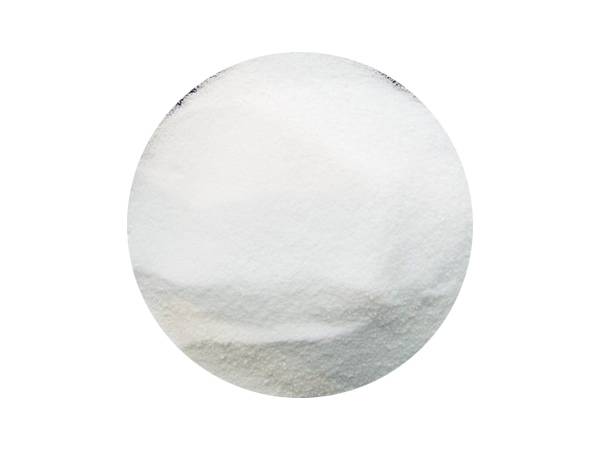



polyelectrolyte in water treatment
The Role of Polyelectrolytes in Water Treatment
Water treatment is a crucial process for ensuring that water is clean and safe for human consumption and various industrial uses. One of the key components that have gained significant attention in the realm of water treatment is polyelectrolytes. These polymeric substances have dual ionic charge characteristics and play an essential role in enhancing the efficiency of water purification processes. This article explores the types, functions, applications, and benefits of polyelectrolytes in water treatment.
Understanding Polyelectrolytes
Polyelectrolytes are long-chain polymers that possess charged functional groups, which can either be cationic (positively charged) or anionic (negatively charged). Due to their ionic nature, they interact significantly with particles that carry opposite charges in water. This unique characteristic allows polyelectrolytes to stabilize colloidal suspensions, facilitate the agglomeration of particles, and promote the sedimentation process, making them invaluable in wastewater management and treatment.
Types of Polyelectrolytes
Polyelectrolytes can be classified into various categories based on their charge
1. Cationic Polyelectrolytes These carry a positive charge and are often derived from natural sources like starch or synthetic polymers like polyacrylamide. They are particularly effective in neutralizing negatively charged particles, which is common in many types of wastewater.
2. Anionic Polyelectrolytes These carry a negative charge and are beneficial in treating positively charged pollutants. They are commonly used in applications where removal of heavy metals is required.
3. Non-ionic Polyelectrolytes These do not carry any net charge and are typically used to modify the properties of water being treated, contributing to achieving desired performance in various applications.
Functions in Water Treatment
Polyelectrolytes serve multiple functions in the water treatment process
1. Flocculation By bridging between particles, polyelectrolytes promote the agglomeration of colloidal particles, facilitating their removal from water. This process is essential in clarifying water and removing suspended solids effectively.
polyelectrolyte in water treatment

3. Sedimentation The use of polyelectrolytes in treatment increases the size of flocs formed in previous processes, which enhances settling velocity during sedimentation, leading to faster and more efficient treatment.
4. Filtration Aid In membrane filtration systems, polyelectrolytes can enhance permeability and selectivity, thereby improving the efficiency of filtration methods such as ultrafiltration and microfiltration.
Applications of Polyelectrolytes in Water Treatment
Polyelectrolytes are employed in various sectors for water treatment, including
- Municipal Water Treatment To provide clean drinking water, especially in coagulation and flocculation processes. - Industrial Wastewater Treatment In sectors such as paper and pulp, textiles, and mining, polyelectrolytes help manage effluents containing suspended solids or toxic substances.
- Sludge Management They are beneficial in improving the dewatering process of sludge, thus reducing disposal costs and environmental impact.
Benefits of Using Polyelectrolytes
The incorporation of polyelectrolytes into water treatment systems presents numerous advantages
- Enhanced Efficiency They significantly improve the removal rates of contaminants, leading to better-quality effluent. - Cost-Effectiveness By optimizing processes like flocculation and reducing the need for extensive chemical additions, polyelectrolytes can lower operational costs.
- Reduced Environmental Impact Their ability to facilitate better solid-liquid separation minimizes waste volume and can lead to lower disposal costs.
- Versatility Polyelectrolytes can be tailored for a specific application, making them adaptable to varying water treatment scenarios.
Conclusion
Polyelectrolytes represent a pivotal innovation in the field of water treatment, providing effective solutions for challenges posed by contamination and pollution. As the demand for clean water continues to escalate globally, the utilization of these versatile polymers will be crucial in developing sustainable and efficient water treatment technologies. Through ongoing research and application, polyelectrolytes will undoubtedly play a vital role in ensuring a healthier environment for future generations.
-
Why Sodium Persulfate Is Everywhere NowNewsJul.07,2025
-
Why Polyacrylamide Is in High DemandNewsJul.07,2025
-
Understanding Paint Chemicals and Their ApplicationsNewsJul.07,2025
-
Smart Use Of Mining ChemicalsNewsJul.07,2025
-
Practical Uses of Potassium MonopersulfateNewsJul.07,2025
-
Agrochemicals In Real FarmingNewsJul.07,2025
-
Sodium Chlorite Hot UsesNewsJul.01,2025










